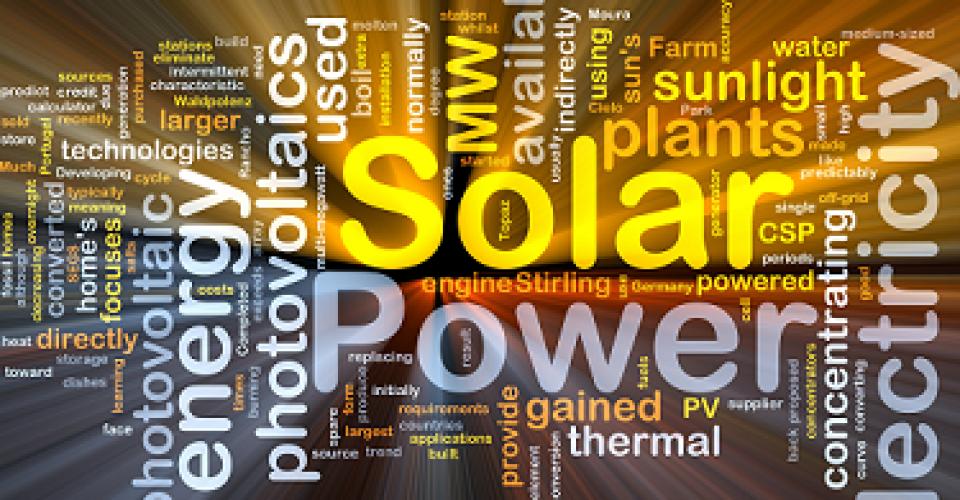Want To Switch To Solar But Don’t Know Where To Start?
You know solar is a clean and renewable energy, you know it will bring down your carbon emissions, and you may have heard that it will slash your energy bills to boot. But still, many of us freeze at the first hurdle because of a whole host of questions that often remain unanswered. Here’s a list of the most common questions to support your decision to install solar: the switch to a greener, cheaper energy source:
Is it sunny enough where I live?
Absolutely, solar panels rely on light not heat, so even those of us living in temperate climes are easily able to generate enough energy to feed our homes.
Will solar heat my house or provide electricity?
Either or. It’s entirely up to you. There are two types of solar panels: solar PV (photovoltaic) and solar thermal panels. Solar PV powers your electricity and solar thermal heats your water by working with your boiler. Solar hot water systems are twice as effective as PV, and they are cheaper and require less roof space. So if you’re on a budget with only a limited space then solar thermal energy might be the way to go. Plus, as from Summer 2013 Government will introduce the new Renewable Heat Incentive (RHI) making solar thermal even more attractive. If you’ve got a bigger budget to play with, and more than 30 square metres of roof space you could opt for a 4 kWp PV system combined with a solar hot water solution.
Do I have the right kind of house/roof?
The average residential installation is between 3 and 6 kW, and for that you’ll need between 300 and 600 square feet, but as long as your roof is structurally sound, and can accommodate a couple of panels then it should be plain sailing. Check that there no overhanging trees, or neighbouring buildings obstructing light. If so, you could consider installing panels on a garage or outhouse. If you lease a flat or live in a listed building or conservation area you may need to apply for planning permission. You’ll also require an Energy Performance Certificate (EPC) , which rates your home’s energy efficiency level.
How much will it cost?
If you want to benefit from the government’s Feed-in Tariff (FiT) scheme you’ll need to spend between £8,000 and £15,000 on a decent sized system. This way the cost of installation will have paid for itself in ten years, and you’ll not only benefit from free electricity but also a good ROI, guaranteed for 20 years. If your budget is smaller, think about solar thermal panels as an option, still a greener way to heat your house, and avoid those huge energy bills. Any reputable local solar installation company should provide you with a free consultation and quote.

